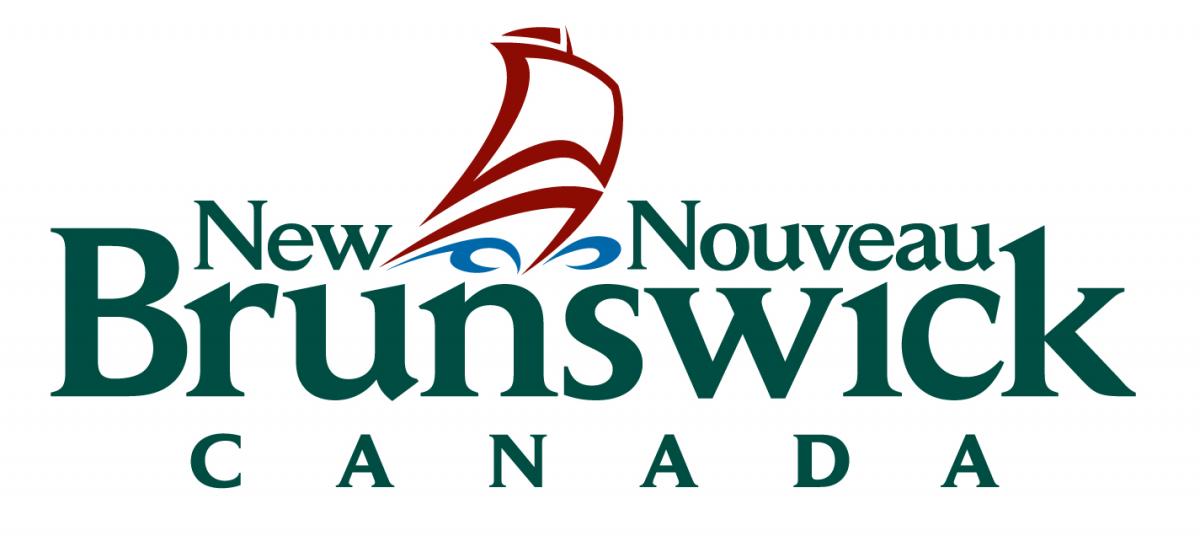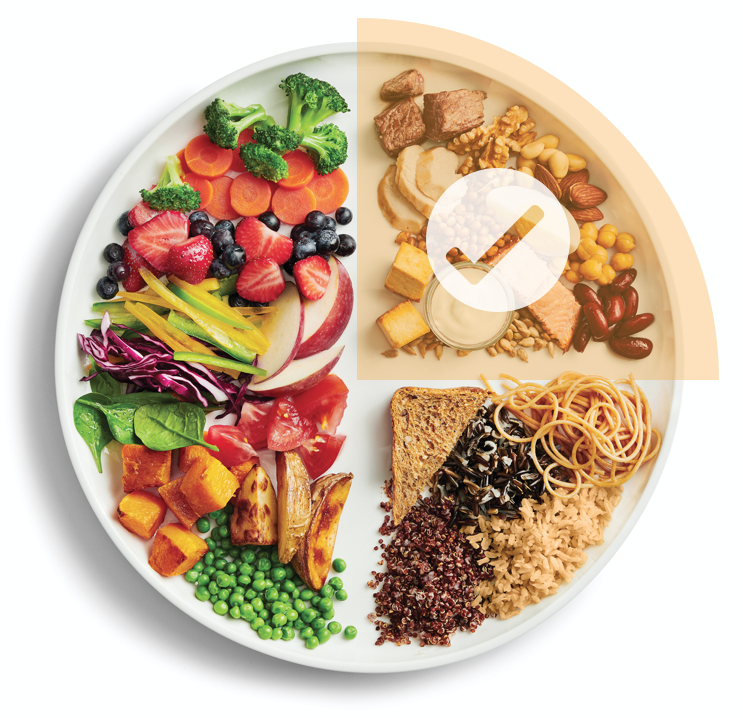3. Protein Foods
Eat protein foods
One quarter of your meal or plate should be protein foods. This can include lower fat unsweetened milk or soy beverage.
Protein foods are an important part of healthy eating. Include foods such as beans, lentils, nuts, seeds, lean meats and poultry, fish, shellfish, eggs, lower fat milk and lower fat dairy products. Some protein foods, like lean meats, are high in iron. Other protein foods, like milk, are high in calcium. Make sure that each meal contains a source of protein.
Among the sources of high quality protein, don't forget eggs, which are economical.
Fish is a protein food that contains the healthy omega-3 fats DHA and EPA. Pregnant or breastfeeding women or women who could become pregnant, should eat fish to get DHA. Some larger fish may contain mercury. If you are pregnant, breastfeeding, or could become pregnant, you should avoid or rarely eat fish that are high in mercury (maximum 150 g or about 2 cups per month). This includes fresh/frozen tuna, shark, swordfish, marlin, orange roughly and escolar. Canned white tuna, or albacore, should be limited to no more than 300 g per week (or 4 cups). You do not need to limit the amount of canned light tuna, which is lower in mercury and usually costs less.
Protein foods include milk, soy beverage, and dairy products. Certain milk products have less fat and energy but still provide high quality protein and calcium. If you do not like milk products or cannot eat them, talk it over with a registered dietitian who can advise you how to get the necessary calcium.
Include proteins that come from plants, such as beans, lentils, nuts and seeds. These protein foods are often less expensive and are high in fibre and low in saturated fat. For ideas to help you eat more proteins that come from plants, visit this Canada’s Food Guide link.




